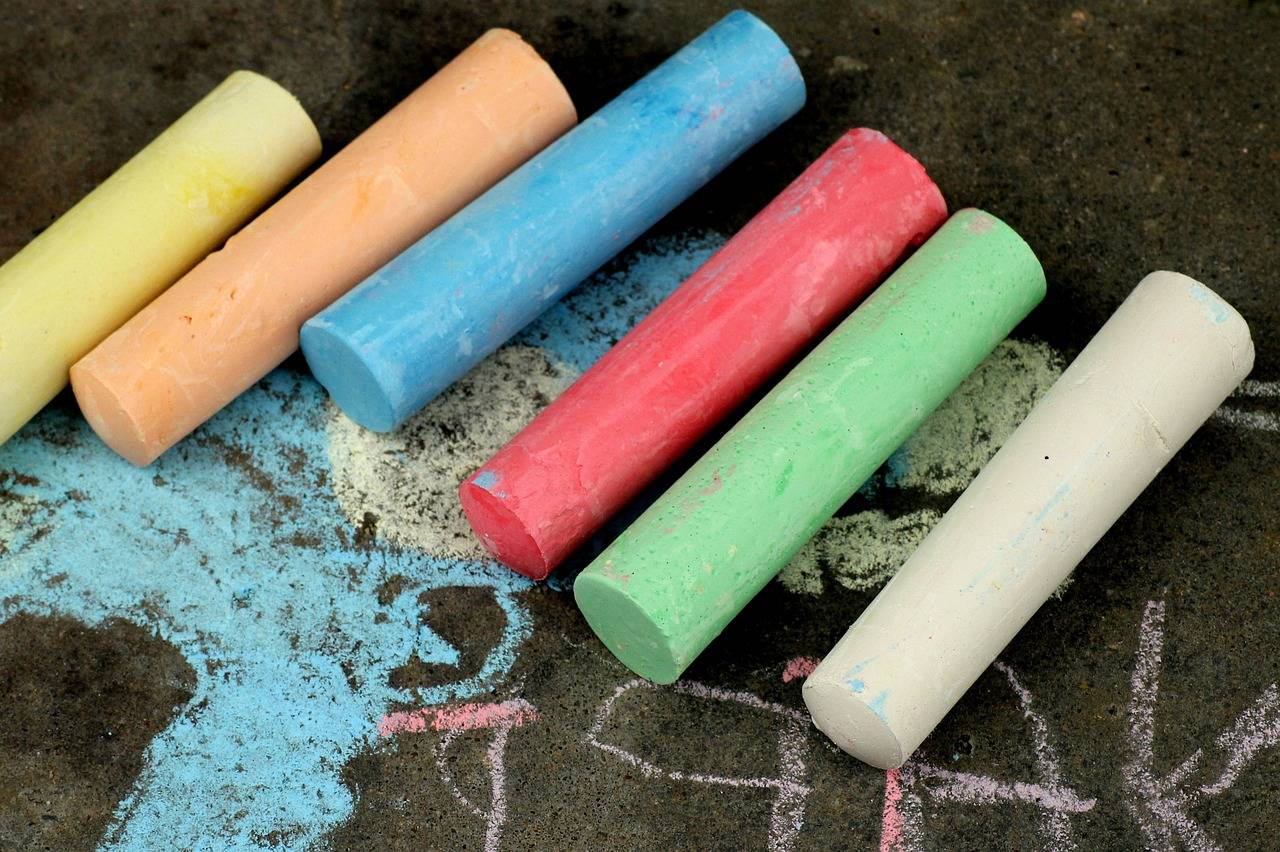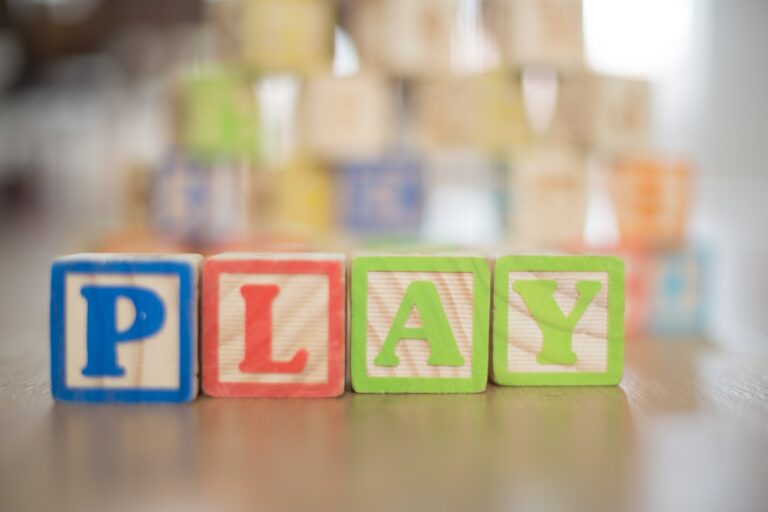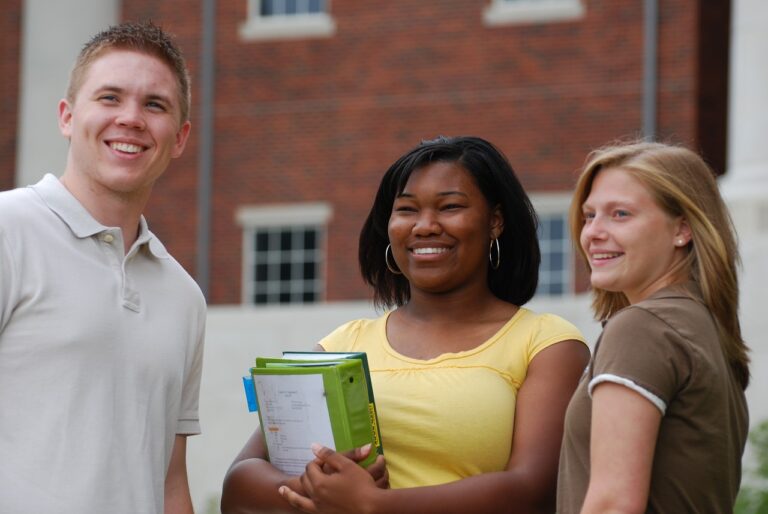Social Media in Education: Risks and Rewards
With the increasing prevalence of social media platforms, there has been a noticeable impact on the behavior of students both inside and outside the classroom. One significant change is the shift towards shorter attention spans as students are constantly exposed to quick, bite-sized information on platforms such as Twitter, Instagram, and TikTok. This change in attention span can affect students’ ability to focus during lectures and engage in deep, critical thinking.
Additionally, social media has facilitated a culture of instant gratification and validation among students. The “likes,” comments, and shares that students receive on their posts can influence their self-esteem and sense of worth. This constant need for approval through virtual interactions can sometimes lead to a decrease in face-to-face communication skills and the development of a reliance on online interactions for validation.
Potential Dangers of Social Media Use in the Classroom
Social media in the classroom can lead to compromised student privacy. With the ease of sharing information online, students may unknowingly reveal personal details that can put them at risk. Moreover, the permanency of online posts can have long-term consequences, potentially affecting their future academic or professional opportunities.
Another danger of incorporating social media into education settings is the negative impact on students’ mental health. Constant exposure to social media can lead to feelings of inadequacy, anxiety, and low self-esteem, as students compare themselves to their peers and celebrities. This continuous cycle of validation-seeking behavior on social platforms can distract students from their academic responsibilities and hinder their overall well-being.
Benefits of Incorporating Social Media in Educational Settings
The integration of social media into educational settings has brought about a myriad of benefits for both educators and students. One key advantage is the ability to enhance communication and collaboration among peers and teachers. Platforms such as Twitter, Facebook, and Instagram provide avenues for students to engage in discussions, share resources, and receive timely feedback from their instructors. This real-time interaction fosters a sense of community and connectivity that traditional classroom settings may not always offer.
Furthermore, social media offers a platform for students to showcase their creativity and express their thoughts in unique ways. Through the use of multimedia tools, such as videos, podcasts, and infographics, learners can demonstrate their understanding of concepts and engage with course material in a dynamic and interactive manner. This not only encourages active participation but also allows for a more personalized and engaging learning experience that caters to different learning styles.
How does social media impact student behavior in educational settings?
Social media can both positively and negatively impact student behavior in educational settings. It can lead to distractions and decreased focus, but it can also foster collaboration, communication, and engagement.
What are some potential dangers of using social media in the classroom?
Some potential dangers of using social media in the classroom include cyberbullying, privacy concerns, and the spread of misinformation. It is important for educators to address these risks and establish guidelines for safe and responsible social media use.
What are the benefits of incorporating social media in educational settings?
Incorporating social media in educational settings can enhance communication between students and teachers, facilitate collaboration and sharing of resources, provide real-world learning opportunities, and increase student engagement and motivation. It can also help students develop digital literacy skills essential for success in the modern world.





